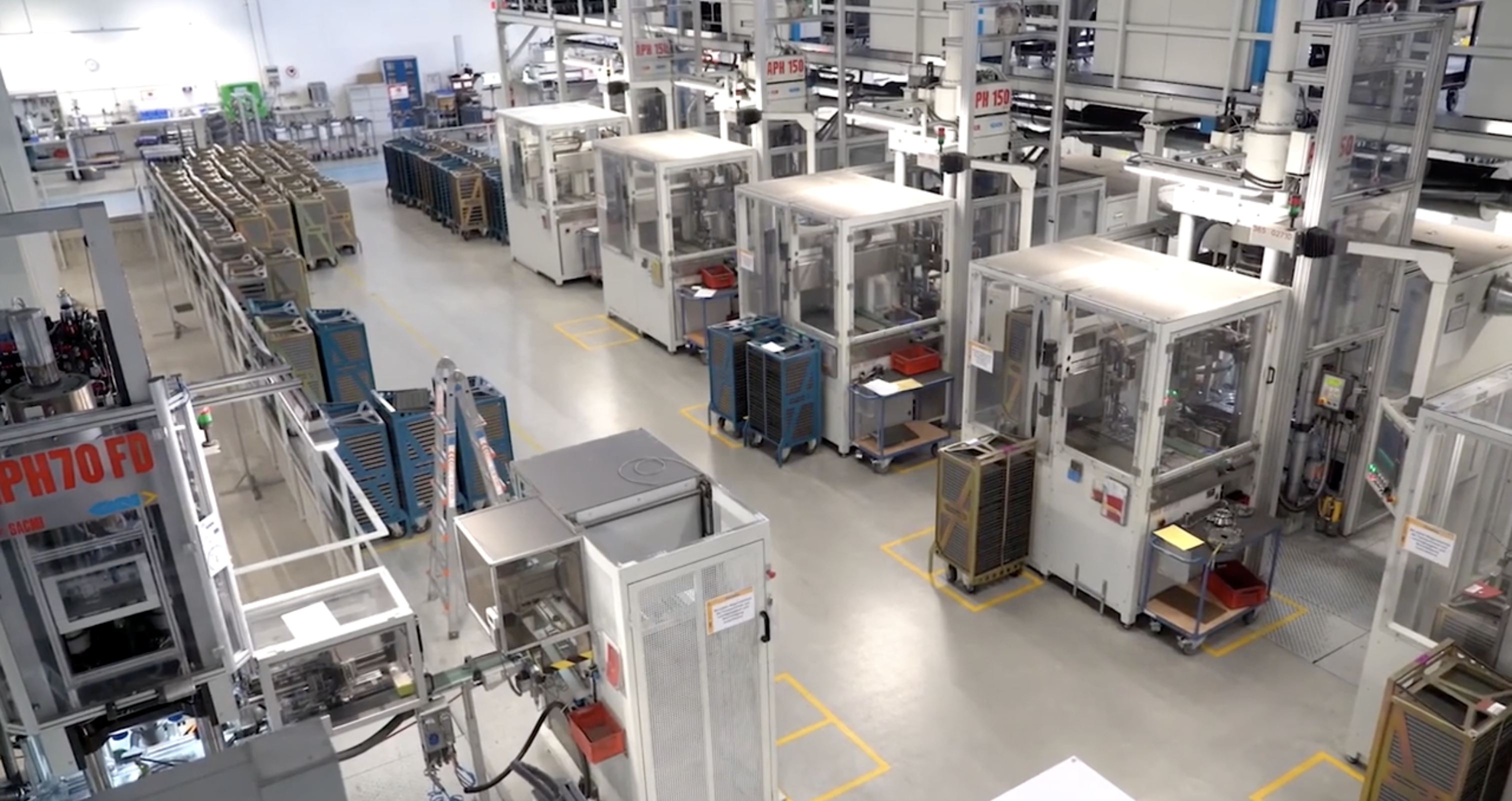What is a Gemba walk in manufacturing?
At its core, a Gemba walk is a cornerstone of lean manufacturing. “Gemba” is a Japanese term meaning “the real place.” In the manufacturing context, it refers to the factory floor. A Gemba walk involves supervisors, managers, or process engineers physically going to the shop floor to observe work processes, talk to frontline workers, and identify opportunities for improvement.
Gemba walks are not audits or fault-finding missions. Instead, they’re structured observations aimed at understanding current workflows, uncovering inefficiencies, and building a culture of trust and continuous improvement.
The challenges of traditional Gemba walks
Traditional Gemba walks, often carried out with paper checklists and handwritten notes, suffer from several limitations that reduce their effectiveness:
- Manual documentation: Paper-based notes are prone to being incomplete, misinterpreted, or misplaced—making it difficult to extract actionable insights.
- Delayed action: Identifying a problem is only half the job. Assigning the right person to fix it and tracking resolution are typically delayed.
- Lack of real-time data: Observations are disconnected from live performance metrics, reducing the accuracy and relevance of decisions made during the Gemba walk.
- No accountability framework: Follow-ups are frequently lost in email chains or siloed systems, making it hard to track ownership and ensure closure.
These shortcomings create a gap between problem identification and problem resolution. Digital Gemba walks bridge this gap by embedding structure, speed, and accountability into every step of the process.
The benefits of digital Gemba walks
Digital Gemba walks use connected devices and cloud-based platforms to make the walk smarter, faster, and far more effective. With digital tools, managers can:
- Use customizable checklists on mobile devices
- Capture real-time observations
- Instantly assign tasks to the right team member
- Track status updates and deadlines
- Access live machine and process data for better decision-making
Why Workerbase is the best solution for digital Gemba walks in manufacturing
Let’s explore why Workerbase isn’t just another tool—it’s the future of Gemba in modern manufacturing.
1. Digital checklists built for your shop floor
Workerbase lets you design dynamic, customizable checklists tailored to specific production zones, machines, or process flows with just a few clicks. During the walk, observations can be entered directly via the mobile app, ensuring nothing gets lost or misinterpreted.
- Real-time input eliminates transcription errors
- Checklists evolve as processes improve
- Photos and annotations provide richer context
2. Instant task assignment with smart routing
Identifying a problem without action is just observation. Workerbase enables managers to assign tasks instantly.
- Assign tasks based on role, skills, and location
- Prioritize issues and set automatic deadlines
- Send automated alerts and escalation reminders
This ensures problems are acted upon immediately, drastically reducing lag time between issue detection and resolution.
3. Real-time data at your fingertips
Workerbase connects with your factory’s machines, sensors, and MES/ERP systems to overlay real-time operational data during Gemba walks.
- Compare current machine performance vs. historical trends
- Identify anomalies backed by live metrics
- Access dashboards directly from your mobile device
Having real-time data during your walk empowers better decisions—on the spot—not hours or days later.
4. Seamless follow-up and escalation
Workerbase doesn’t let issues fall through the cracks. Once a task is assigned, it’s tracked to completion with built-in reminders, dashboards, and reporting.
- Automated escalation if deadlines are missed
- Audit trails for every action taken
- Performance metrics to identify recurring problems
Where most platforms digitize, Workerbase operationalizes. It doesn’t just help you observe better—it helps you act smarter, faster, and with accountability baked into every step.
Why digital Gemba walks are no longer optional
As manufacturing processes become more complex, traditional Gemba walk methods can’t keep up anymore. Manual checklists, email follow-ups, and siloed systems lead to delays, miscommunication, and missed opportunities for improvement.
With a solution like Workerbase:
- You standardize excellence in every process
- You capture tribal knowledge before it disappears
- You connect humans and machines in a unified feedback loop
- You transform continuous improvement from aspiration to reality
Powering the connected factory with Workerbase
The concept of Gemba hasn’t changed—but the tools to execute it have. Digital Gemba walks powered by Workerbase turn insights into action, eliminate manual inefficiencies, and ensure nothing gets lost in translation.
Workerbase doesn’t just support lean manufacturing—it accelerates it.
By integrating observations, real-time data, and task management into one platform, Workerbase enables a culture of continuous improvement that scales. Whether you’re a plant manager, operations director, or CI leader, digital Gemba walks are your frontline tool—and Workerbase is the solution that really makes them powerful.



